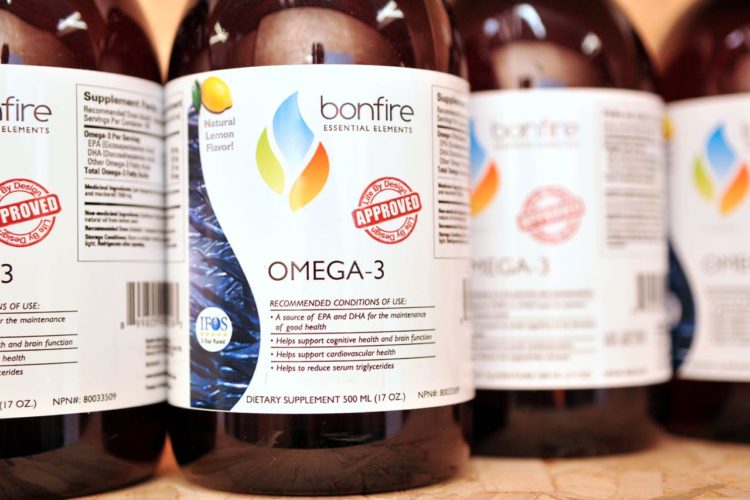Let’s say that we had two different bottles (brands) of fish oil silting side-by-side. Each bottle had 1,000 mg capsules. Are the capsules the same? The answer is NO.
Here’s why: With regard to omega-3. there are HUGE differences with regard to sources, quality. and quantity. The best source of omega-3 oil is from cold salt-water fish such as sardines. anchovies. and salmon. Warm water and fresh water fish are not considered acceptable sources of omega-3. Did we say that eating warm water and fresh water fish was bad? No, we did not. They just aren’t good sources of omega-3.
With regard to quality. a lot has to do with the extraction process of the oil from its source, as well as the elimination of PCBs, dioxins, furans, PAHs, mercury, and of course. other heavy metals. You obviously want to remove the unwanted junk while still preserving the quality of the oil.
When it comes to the right amount, here is what you must know: At the very least. an average adult should be taking no less than 1.000 EPA per day. We did not say. “1.000 mg of omega-3 or fish oil per day.” We specifically mentioned EPA. EPA (Eicosapentaenoic Acid) is the heart and soul of fish oil. It. along with DHA (which is much more important for little ones and nursing moms). are what counts when it comes to omega-3 oil. Two 1.000 mg capsules may have very different levels of EPA. Some have as little as 70 mg, and others have as much as 750mg. The point? Oil…is not oil .. .is not oil.
In whatever oil you choose, you want a 3:2 ratio of EPA:DHA. Why? This is the natural ratio as found in the fish. Any deviation from this ratio indicates the oil has been tampered, modified, or concentrated. From a genetic requirement basis, we want the most natural state possible.
You have to know what to look for. In our practice, we carry only the finest quality omega-3 oil. Is our omega-3 more expensive than what you’d find at a warehouse club, department store. or supplement store? Absolutely. We will never apologize for carrying quality products.
 Dr. Craig Hazel’s mission is to help families THRIVE. After graduating from Queen’s University with a Bachelor of Science and a Bachelor of Physical and Health Education, he went on to earn a Doctor of Chiropractic degree and a Bachelor of Science in Anatomy from Parker College of Chiropractic in Dallas Texas. He is passionate about seeing children and families in his private practice at Synergy Chiropractic in Kanata Ontario. A sought after speaker, he has been featured regularly on TSN Team 1200, CTV and Rogers TV. He is also the Chairman of the Alliance for Chiropractic of Ontario.
Dr. Craig Hazel’s mission is to help families THRIVE. After graduating from Queen’s University with a Bachelor of Science and a Bachelor of Physical and Health Education, he went on to earn a Doctor of Chiropractic degree and a Bachelor of Science in Anatomy from Parker College of Chiropractic in Dallas Texas. He is passionate about seeing children and families in his private practice at Synergy Chiropractic in Kanata Ontario. A sought after speaker, he has been featured regularly on TSN Team 1200, CTV and Rogers TV. He is also the Chairman of the Alliance for Chiropractic of Ontario.




